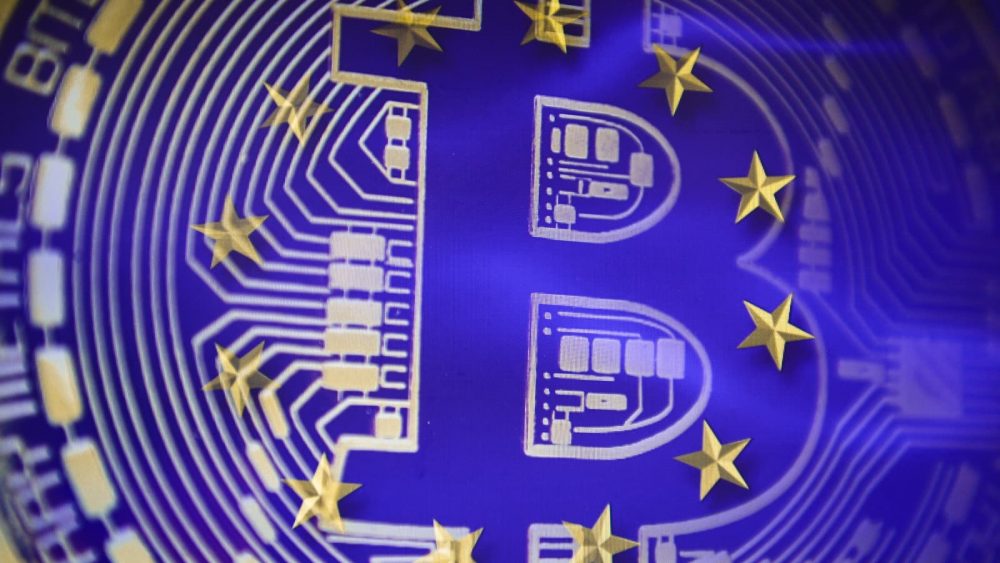Crypto Asset Markets (MiCA) regulations have increased in importance after bankruptcies and fraud scandals in the cryptocurrency world. So what do these regulations bring and how will they affect the industry?
How will MiCA affect the cryptocurrency industry?
cryptocoin.com As you follow, the European Commission implemented the Crypto Asset Markets (MiCA) regulation in September 2020 to create a harmonized regulatory framework for cryptoassets across the European Union (EU). The legislation regulates the issuance and trading of cryptocurrencies. It also covers a wide range of topics, including the functioning of crypto service providers and the protection of investors.
Some market participants are wary of regulations. However, some say it will be positive for the crypto industry. Undoubtedly, regulatory clarity is an important determinant in instilling confidence among investors. Patrick Hansen, who is also an expert on crypto money, made a post on this subject. Accordingly, VC investment in the EU was around 5.9% in the first quarter of 2022. However, it rose to 47.6% in Q1 2023. This is indeed a significant leap forward. Because it represents almost 10x growth in the flow of VC investments in about a year.
The MiCA effect 🇪🇺🚀
The share of VC investment into European crypto projects is up almost 10x in one year – from a share of 5.9% in Q1 2022 to 47.6% in Q2 2023.
Regulatory clarity attracts capital & entrepreneurs from around the world. Great development for crypto in Europe! pic.twitter.com/kUVp3rwlg3
— Patrick Hansen (@paddi_hansen) May 9, 2023
The implications of regulatory clarity for the cryptocurrency industry
Meanwhile, it should be noted that the EU has a market of 450 million consumers. With clear regulations like the MiCA, the EU is clearly on track to become the next hub for crypto projects. As many as 517 European lawmakers voted in favor of the MiCA. However, 38 voted against it. This clearly shows that the support for comprehensive regulation is high.
Before MiCA, there was a lack of clear regulatory rules for crypto assets in Europe. This caused an atmosphere of uncertainty about the level of protection of investors when investing in cryptocurrencies. However, MiCA sets clear rules and standards for the issuance and trading of crypto assets. Thus, it addresses this issue by providing a regulatory framework.
MiCA will shape the crypto industry
Under the regulations, all cryptocurrency services providers such as exchanges, wallet providers and other service providers will need to obtain a license from their national regulators to be able to operate in the EU.

Likewise, MiCA regulations introduce a new set of requirements for crypto-asset issuers. Issuers will now need to provide detailed disclosures to investors, including information about the underlying assets and the risks associated with investing in the asset. Another important aspect of the MiCA regulation is that it introduces a framework for stablecoins. Therefore, MiCA regulations create a new category of stablecoins called “asset-referenced tokens,” which are subject to a lighter regulatory regime than other types of cryptoassets.
How does Europe want to bring order to the crypto world?
Bankruptcies and fraud scandals in the crypto world are spurring regulators to bring more order and transparency to the volatile industry. The goal is to protect the broader financial system and protect investors without stifling beneficial innovation around digital assets. Governments that strike the right balance continue to take advantage in the next wave of crypto investments. The European Union is targeting this with a set of rules approved in April that are the most comprehensive among advanced economies.
MiCA is part of the EU package of measures to govern digital finance, which includes anti-money laundering, innovation in financial services and a digital version of the euro. In addition, MiCA is designed to weed out fraudulent investment schemes, fraudulent businesses, criminal activity, and ultimately prevent messy business failures that could gradually destabilize traditional banking as well.




